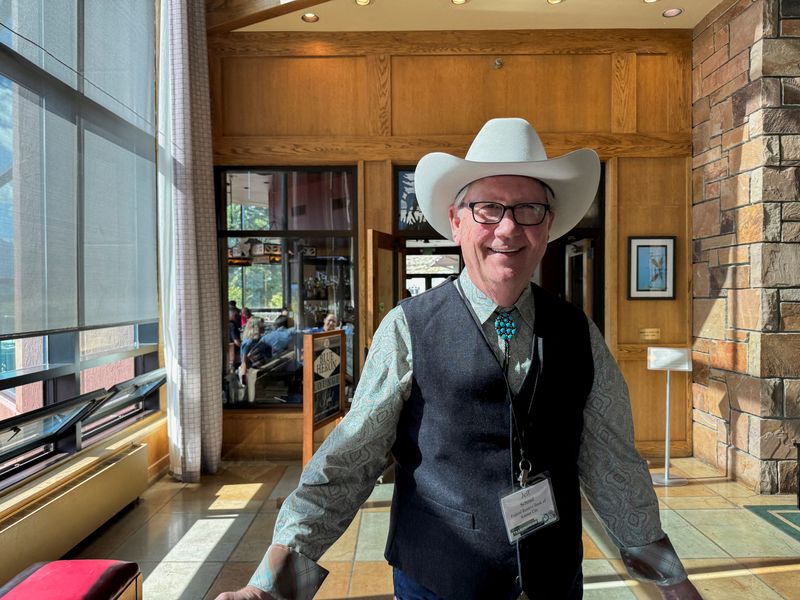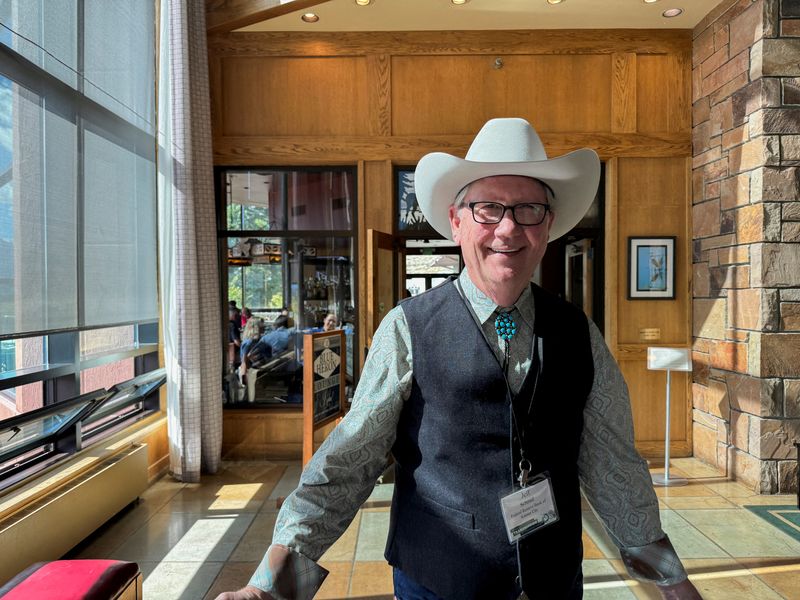
By Michael S. Derby
NEW YORK (Reuters) – Kansas City Federal Reserve President Jeff Schmid signaled on Thursday a reluctance to cut interest rates again as the U.S. central bank comes into the new year facing a resilient economy and inflation that remains above its 2% target.
“We are currently pretty close to meeting our dual mandate of price stability and full employment” and, “with inflation close to target and growth showing continued momentum, I believe we are near the point where the economy needs neither restriction nor support and that policy should be neutral,” Schmid said in the text of a speech to be delivered before the Economic Club of Kansas City.
In the current environment, “interest rates might be very close to their longer-run level now,” Schmid said. “I am in favor of adjusting policy gradually going forward and only in response to a sustained change in the tone of the data,” he said, adding that “the strength of the economy allows us to be patient.”
The Fed last month cut its benchmark overnight interest rate by a quarter of a percentage point to the 4.25%-4.50% range and signaled expectations of fewer rate cuts in 2025 than had been projected three months earlier. Fed officials also penciled in expectations of higher inflation, and in public comments and the release of minutes from the Dec. 17-18 meeting they have flagged considerable uncertainty around the outlook.
Schmid on Thursday was upbeat on where the economy now stands.
“I am optimistic about employment and the strength of the economy,” he said, adding “though the job market has loosened, it remains healthy.” Schmid also said growth has been “solid” around the 3% level.
The Kansas City Fed chief weighed in on the central bank balance sheet drawdown known as quantitative tightening, or QT, which has seen the Fed reduce its holdings from a peak of about $9 trillion in 2022 to just under $7 trillion. The Fed expects to reduce its holdings further but is unsure how far it can take the process.
“I would like to see even further declines this year,” Schmid said of the balance sheet, adding that he would also like to see the Fed move toward an all-Treasuries profile.
“We should minimize our impact on relative asset prices,” he said, noting “this means moving out of mortgage-backed securities.”

